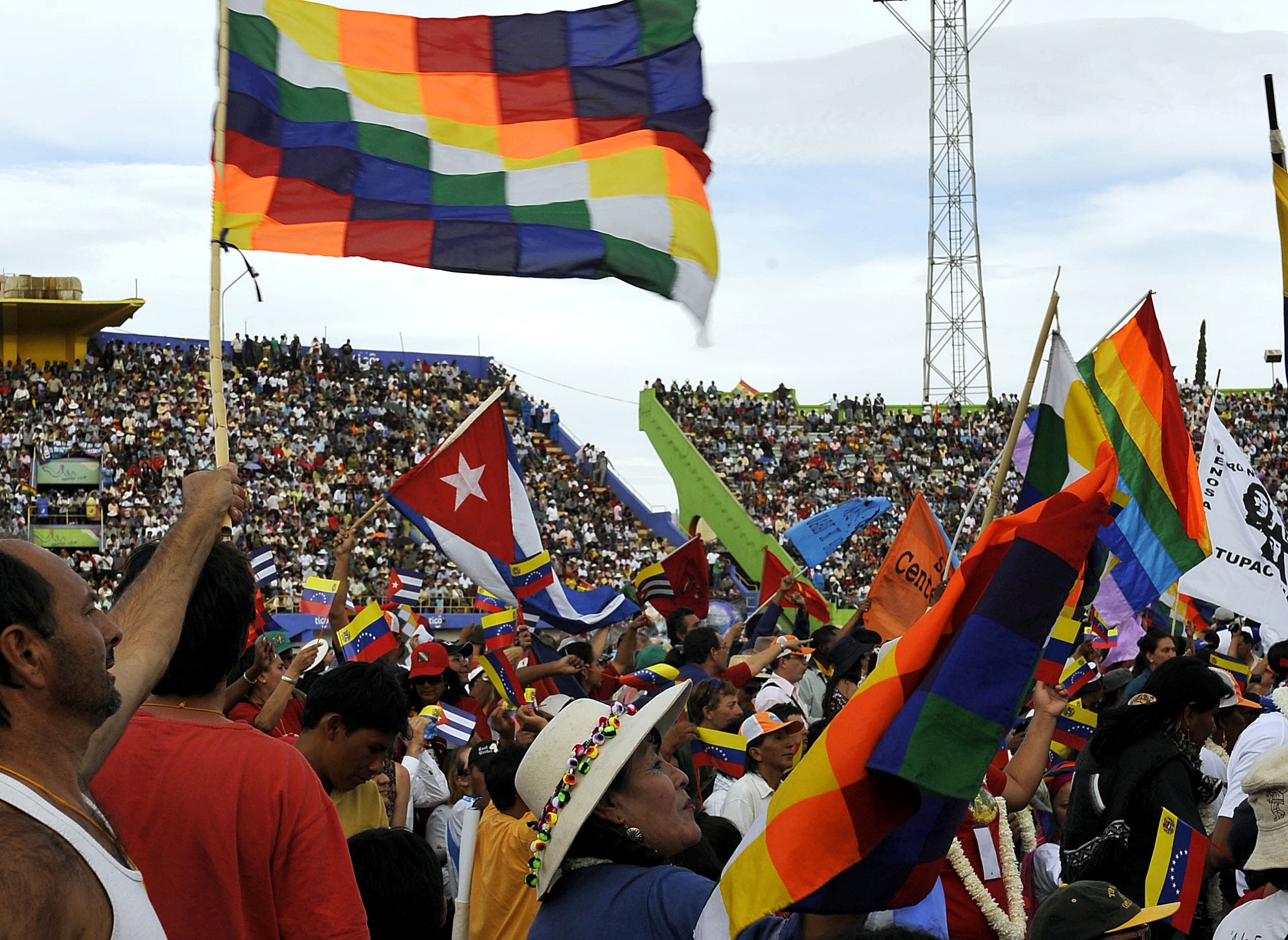Earth Day: Looking back at the seminal climate moments over the last 52 years
From student 'teach-ins' in the Seventies, the movement now involves up to a billion people around the world demanding environmental action
Your support helps us to tell the story
From reproductive rights to climate change to Big Tech, The Independent is on the ground when the story is developing. Whether it's investigating the financials of Elon Musk's pro-Trump PAC or producing our latest documentary, 'The A Word', which shines a light on the American women fighting for reproductive rights, we know how important it is to parse out the facts from the messaging.
At such a critical moment in US history, we need reporters on the ground. Your donation allows us to keep sending journalists to speak to both sides of the story.
The Independent is trusted by Americans across the entire political spectrum. And unlike many other quality news outlets, we choose not to lock Americans out of our reporting and analysis with paywalls. We believe quality journalism should be available to everyone, paid for by those who can afford it.
Your support makes all the difference.Earth Day, when an estimated 1 billion people take part in coordinated climate action, will be marked on Friday.
Events will be happening around the world, including a protest in front of the White House, talks on environmental issues, litter picking and a hug-a-tree challenge hoping to make it into the Guiness World Records.
The theme for this year is “invest in our planet”, with organisers calling for businesses to act now to tackle the climate crisis and help to build a sustainable future.
It will be the 52nd Earth Day celebrated by the planet. Here are the key moments from the past half a century:
1970
Decades of lead petrol in vehicles and industries operating with little regard for environmental consequences had taken its toll on America’s air, land and water. The 1962 book Silent Spring, by Rachel Carson, set the stage for the movement to come, selling half a million copies and highlighting the devastating impact of pollution on the natural world.
The first Earth Day came about after Senator Gaylord Nelson witnessed the impact of an oil spill in Santa Barbara, California in 1969 and wanted to harness the energy of the youth-driven, anti-Vietnam War movement into environmental action.
A short meeting with a graduate student, Denis Hayes, led to Sen Nelson recruiting him to organise “teach-ins” on college campuses which expanded into nationwide events, encompassing a myriad of groups along with students. The name Earth Day was adopted and sparked the national consciousness: 20 million Americans, 10 per cent of the population at the time, demonstrated from coast to coast on April 22, 1970.
Speakers at events included the Beat poet Allen Ginsburg and activist and future presidential candidate Ralph Nader; the Broadway cast of musical Hair and Native American band Redbone performed in Philadelphia. In New York, Fifth Avenue was closed to traffic from Union Square Park to Central Park for demonstrations.
The ragtag gatherings and community events had a serious impact. Following Earth Day, President Richard Nixon established the Environmental Protection Agency and in the years that followed, environmental legislation including the Clean Water, Clean Air and the Endangered Species Act, among others, were introduced.
1990
The Nineties saw Earth Day go global with events held in 141 countries, involving 200m people. Events took on a more sophisticated air with a $3m budget and increased TV and radio coverage. The movement also inspired an increase in recycling efforts and paved the way for the 1992 UN Earth Summit.
2000
The millennium brought a new urgency to the environmental movement with focus on the looming crisis of global warming and the urgent need to switch to clean energy sources. Hundreds of millions of people became involved in 184 countries, building grassroots movements. The internet began to play a significant role in organising and hundreds of thousands marched on the National Mall in DC for a First Amendment Rally.

2010
The Earth Day Network launched a campaign to plant a billion trees and achieved the goal two years later. The decade also saw the historic Paris Climate Accords, signed by leaders from 175 countries in 2016, with a goal of halting global warming to 2C above pre-industrial levels.
2020
The Covid-19 pandemic prevented the planned in-person mass demonstrations and instead a digital gathering, Earth Day Live, was held, which broadcast for 24 hours to millions across the world.
Speakers included Christiana Figueres, architect of the 2015 Paris Climate Accords, Al Gore and Zac Efron.
The theme was climate action, with 2020 seen as a tipping point for action on reducing greenhouse gas emissions and achieving the UN goal of keeping global warming below 2C.
2022
This year’s Earth Day comes just weeks after United Nations scientists warned there were less than three years remaining to bring global emissions into decline and avoid a “catastrophic” temperature rise.
It also comes six months after world leaders met for Cop26 in Glasgow, which resulted in a landmark deal aimed at preventing catastrophic global warming.
Earth Day organisers say they are calling on “citizens of the world to stop being spectators, watching their futures be threatened by our collective inaction” in the 2022 event and to “invest in our planet” instead.
“The solutions are out there and we know what must be done whether it’s transitioning to renewable energy, conserving our forests and lands, or ridding ourselves of the scourge of plastic pollution,” Kathleen Rogers, the president, says.
On Friday, there will be online events, in-person protests, a bid to get the world record for most pictures of tree-hugging on Instagram in an hour and film screenings to mark the day.

Join our commenting forum
Join thought-provoking conversations, follow other Independent readers and see their replies
Comments